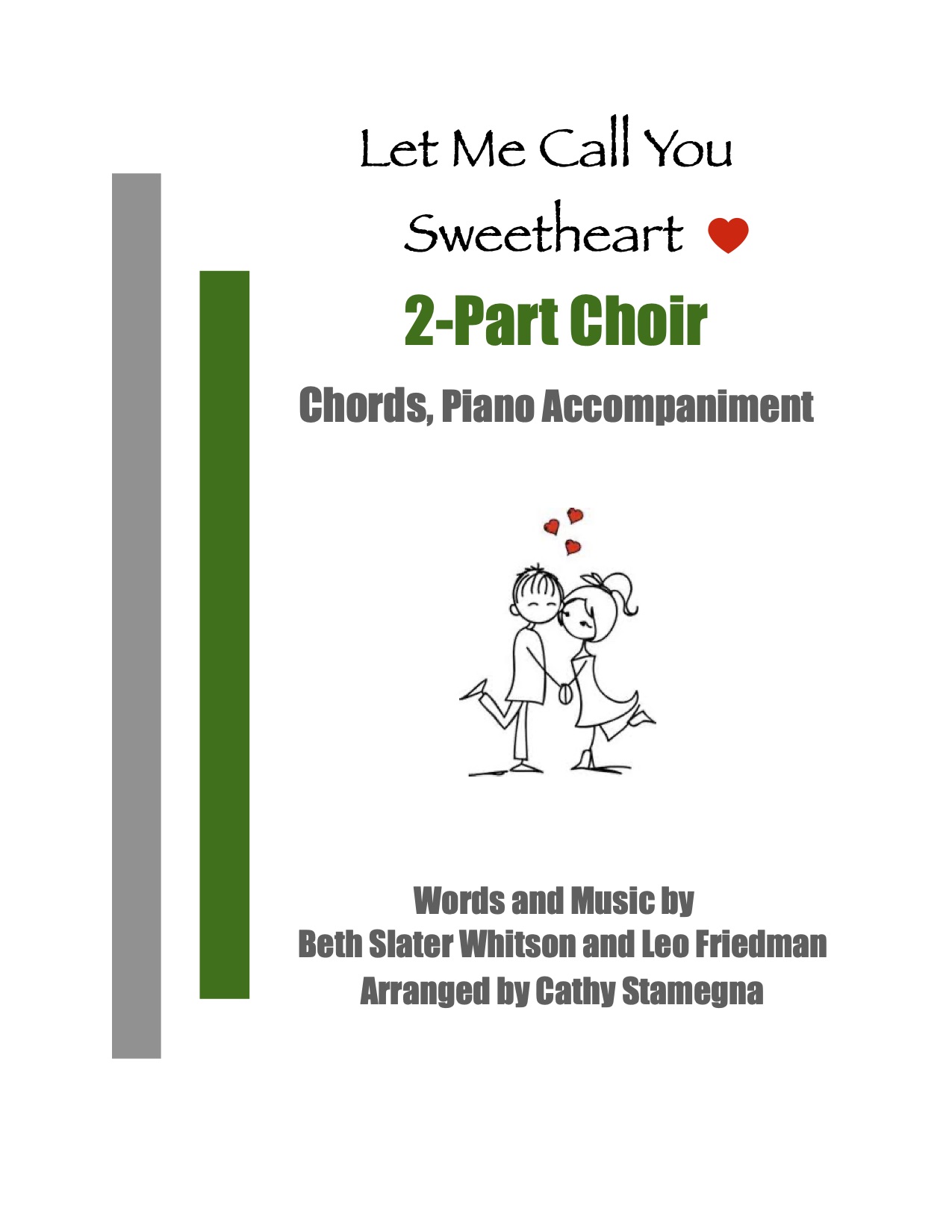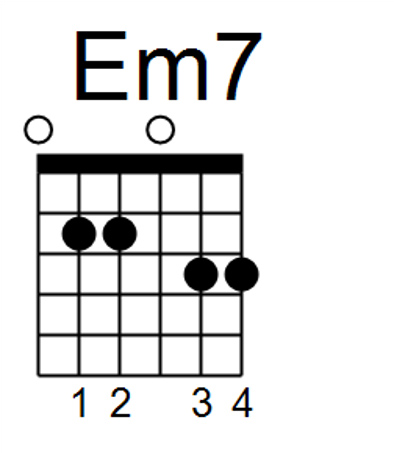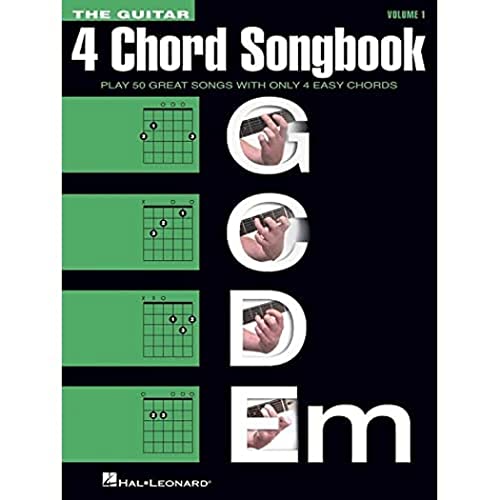
Union territory tax (Rate) Notification No. Section 146 of CGST Act, 2017 Common PortalĬUSTOMS Notification No. Goods and services tax compliance rating, Sec 149 of CGST Act, 2017 Power to collect statistics, Section 151 of CGST Act, 2017 Section 156 Persons deemed to be public servants, CGST Act, 2017

Publication of information in respect of persons in certain cases, Section 159 of CGST Act, 2017 Section 163 of CGST Act, 2017 Levy of fee

GST council meet decision as on 06th October, 2017 Reduced GST rates as per GST council meet 09th September 2017 Is amendment of GST registration allowed in India?Ĭancellation of GST registration in IndiaĬentralized GST registration of services permitted in India? TDS under GST, Frequently Asked Questionsĭoes Interest attract on GST Tax payment delay? Would you like to add more information about decreased GST rate on Pianos, harpsi-chords, keyboard stringed instruments? Share below your experience in decreased GST rate on Pianos, harpsi-chords, keyboard stringed instruments.Ĭlick here to know GST rate on Goods and Servicesįind HSN number or Service tariff code for GST Pianos, including automatic pianos harpsi-chords and other keyboard stringed instruments Latest GST rate on Pianos, harpsi-chords, keyboard stringed instruments The details of decreased GST rate on Pianos, harpsi-chords, keyboard stringed instruments is as follows: The GST tariff rate on goods under HSN 9201 has been Revised as per GST council meet held on 10th November, 2017. GST on Pianos, harpsi-chords, keyboard stringed instruments *Take note the second half of the structure in (b) is different, it's normally done to lead into another part of the song, eg the chorus.Posted on 05 January 2019 Category : GST rates * Tip: Try the sequence WITHOUT any changes of chords to familiarize first! We would have to modify our strokes a tad to suit the change of chords: This was the previously mentioned progression earlier in the guide: This strumming pattern below will be our baseline for reference: If everything were to be straight, changing chords on “1” and “3” for each bar, wouldn't that be boring? Hence we are going to learn different counts for us to change chords on.

If we're playing with a band, we would need a general consensus and values firmly stated down, as we can't have everyone changing chords on different values.

To find out which value and which stroke will the change of chords land on, we would have to look back into our strumming rhythm to match. In a situation whereby we want to change a chord earlier or later by eg half a count we would use a comma to split the chords up as show, and use a tie to link them up. Chord changes that are not "on bar" off beats and syncopations (2:5)


 0 kommentar(er)
0 kommentar(er)
